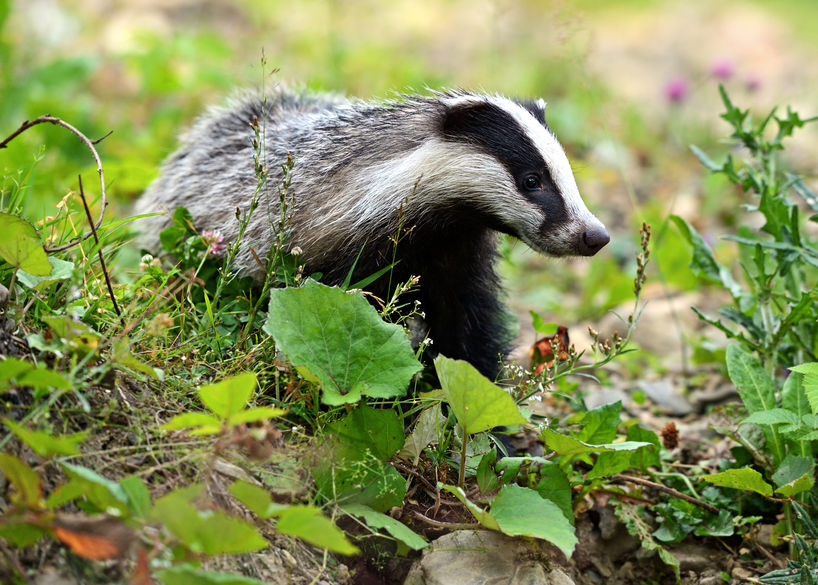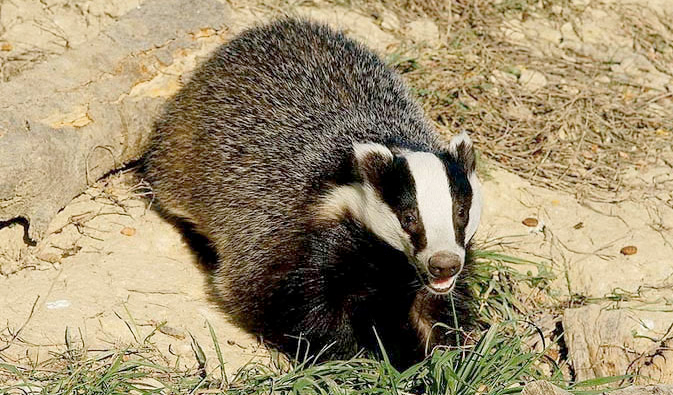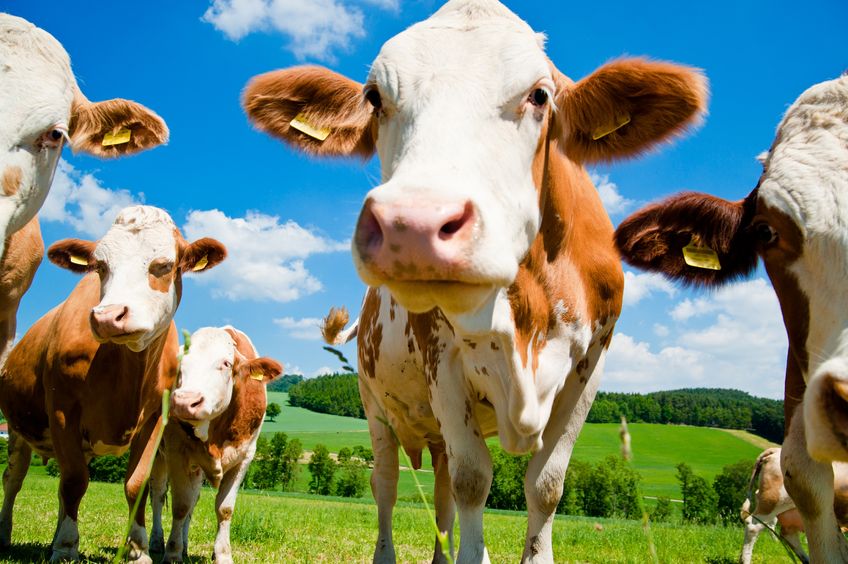
Cattle and badgers rarely come into direct contact in the countryside and instead TB is transmitted through infected faeces and urine in pasture, a new study suggests.
Researchers in the UK have spent more than a decade studying how badgers transmit bovine tuberculosis (TB) to cows and have said contaminated pasture is to blame with significant implications for farm practices like slurry spreading.
Scientists claimed in their paper, published in Ecology Letters, that after tracking badgers and cattle using collars fitted with GPS devices in Cornwall the two species were never found in close proximity.
Since 2013, the government has sanctioned the culling of badgers in controversial culls to prevent further spread of the disease, which has an estimated cost to the countryside of £100 million.

"There are loads and loads of things that farmers are being advised to do and there is no certainty that any of them will actually work and because of this, hardly any farmers implement any of these sorts of measures," Professor Rosie Woodroffe of the Zoological Society of London (ZSL) said.
"If we can focus on the things most likely to work on that massive array of things farmers are being advised to do more people will do them."
"We are now beginning to identify how the transmission happens and that ought to open up an array of finely tuned management approaches instead of the blunt instrument we have now," she said.
'Badgers avoid cattle'

With over 65,000 moments recorded in the study, there was not one occasion a badger and a cow, bull or bullock were within five metres of each other, and only one where the animals were less than 10 metres away from each other.
"Do badgers avoid cattle? Yes, they do, they significantly prefer to be at least 50 metres away from cattle, so they love cattle pasture but they hate cattle."
There is strong evidence that badgers transmit bTB to cattle, she said, as well as for cattle to cattle transmission and for livestock to give the disease to badgers.
"It's more likely this transmission is happening through the environment rather than direct contact."
In response to the findings of the study a Defra spokesperson said: "Our comprehensive strategy to beat bovine TB includes tighter cattle controls, good biosecurity and badger control in areas where the disease is widespread, and a number of measures are in place to prevent the spread of infection.
"These include frequent testing and rapid removal of infected cattle, pre- and post-movement testing and wildlife proofing of high risk units.
"To reduce the risk of cattle-to-cattle transmission from contaminated environment, farmers are required to carry out cleaning and disinfection and to keep cattle out of fields grazed by reactors for two months after their removal.
"There are also rules about the use of manure and slurry on infected farms to mitigate the risks associated with their spread."
'Cull will have no impact'
Research conducted by Durham University in 2013 claimed that a widespread cull will have no impact in solving the problem of TB in cattle.
Professor Peter Atkins, from Durham University's Institute of Hazard, Risk and Resilience has investigated the spread of the disease in their research.
"Badgers almost certainly play a part in spreading the disease, but my conclusion is that their impact over the decades has been far less than suggested" said Atkins.
"Very carefully arranged culling may have a part to play alongside other measures in areas of particular prevalence such as South West England and South Wales, but my research suggests that extending the policy elsewhere may neither be justified nor particularly effective. It certainly won't be a panacea."
However, after the October ban, the NFU wrote to the then Environment Secretary Owen Paterson to request a commencement of the cull.
'Utterly convinced badger control is right'
"Having looked at all the evidence over many years, I am utterly convinced that badger control is the right thing to do, and indeed the higher than expected badger numbers only serve to underline the need for urgent action.
"I remain fully committed to working with the farming industry to ensure that the pilot culls can be delivered effectively, safely and humanely next summer."
But Atkins claimed that 'no one' has yet proved which direction the infection travels between species and that the disease is a 'spillover' from cattle rather than an endemic condition. He also claimed a cull could even 'exacerbate the problem'.
"The Randomised Badger Culling Trial, which ran from 1998-2006 indicated complex, interwoven patterns of infection and concluded badger culling was unlikely to be effective for the future control of bTB."
"When badgers are disturbed, they seem to perceive they are being attacked and move from their original area by a kilometre or more and join other badger groups, which spreads the disease."
